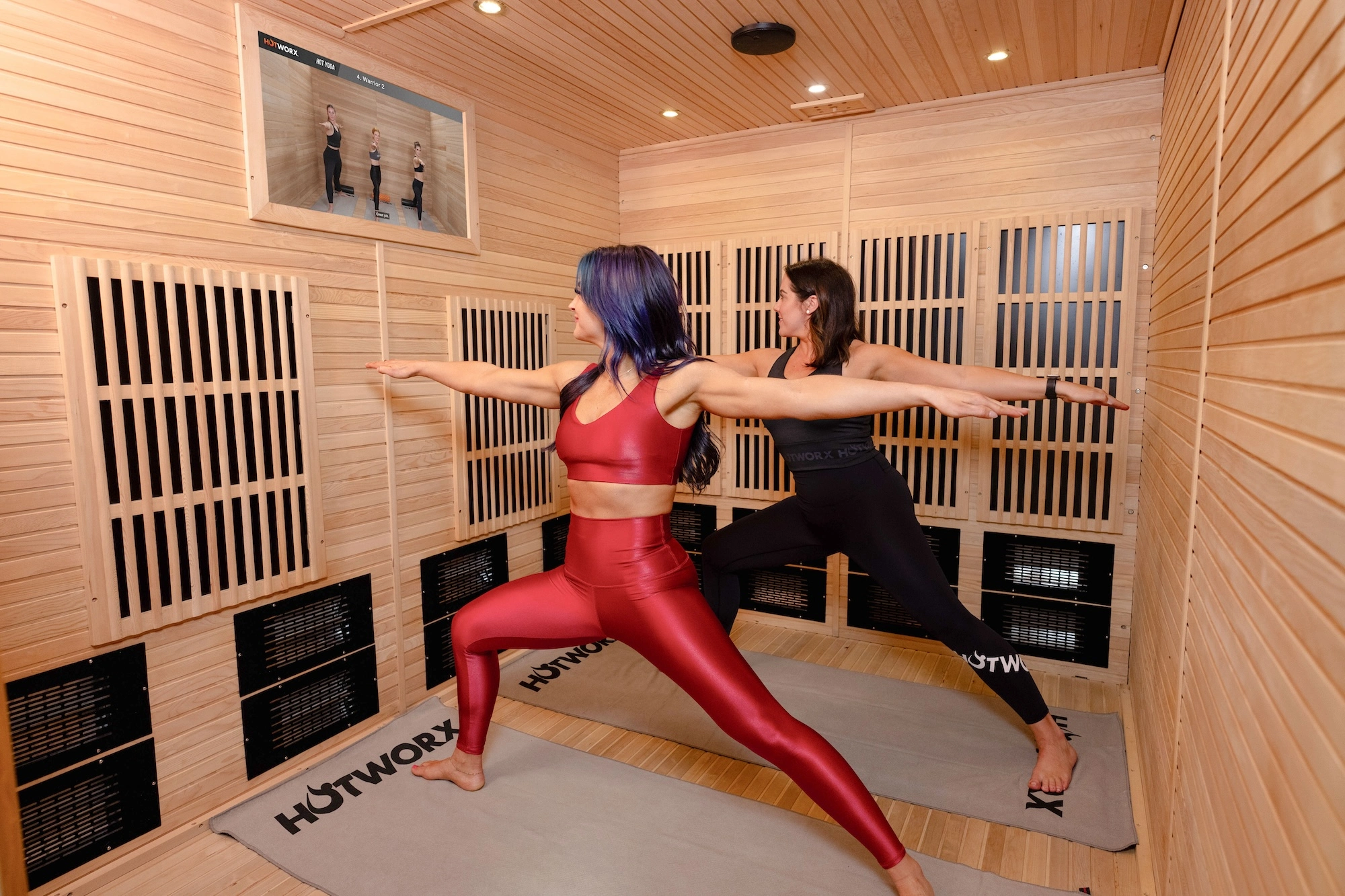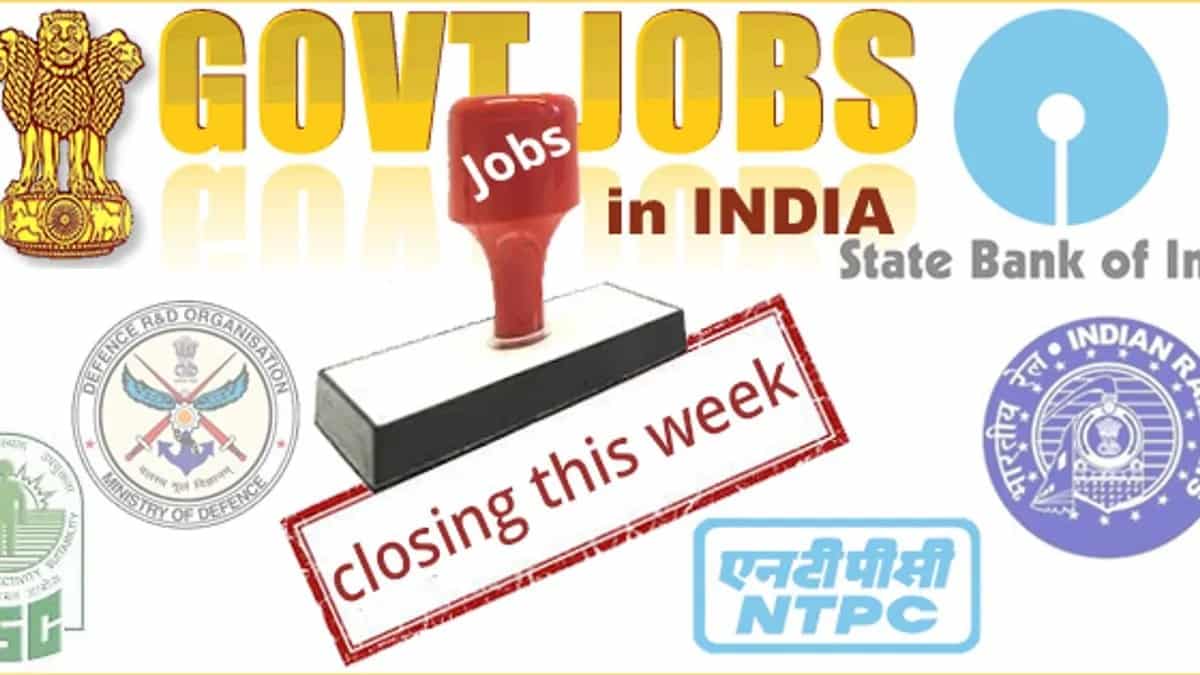ATN speaks to execs at Pvolve, Hotworx and CycleBar to see how they’re incorporating gamification elements online and in studio
For most people, fitness isn’t fun. This cold, hard truth has long hindered the fitness industry’s collective efforts to get more people involved in working out.
Gamification, the practice of incorporating gaming elements like leaderboards and points systems into activities including workout classes, has emerged as a core strategy for fitness brands looking to get Americans off the couch and into the gym or studio.
Fitness brands like Orangetheory and Zwift have sought to gamify fitness in recent years, and for good reason – studies have shown that gamification can be an effective tool for driving workout motivation.
Other brands are getting in on the action, too.
Amid this backdrop, Athletech News spoke with three leading boutique fitness brands – Pvolve, Hotworx and CycleBar – to get a sense of how they’re incorporating gamification elements to drive member engagement.
Pvolve Eschews Competition for Community
Pvolve, a functional fitness brand that’s expanding across the country at breakneck speed, has made gamification a key part of its growth strategy.
Jill Brand, Pvolve’s head of brand, tells Athletech News that Pvolve uses gamification to do two main things: drive accountability and foster community.
“For us, gamification is less about all the gadgets and the bells and whistles of tech,” Brand says. “We think about it much more as, ‘What do people need to work out?’ ‘What’s really going to drive and motivate them?’”
To drive accountability, Pvolve runs participation-based challenges throughout the year, rewarding members for completing workouts either online or in person.
Jennifer Aniston, a Pvolve member and brand ambassador, designed a recent challenge that culminated in one member winning a free trip to Los Angeles to train with Dani Coleman, Pvolve’s head trainer who also serves as Aniston’s personal trainer. Other challenges see members win prizes like custom-designed Pvolve apparel.
To foster community, Pvolve has created WhatsApp groups that are exclusive to challenge members. In the groups, members can connect with each other, share motivational stories and receive tips from Pvolve trainers. The group created for Aniston’s challenge featured over 1,000 people, some of whom opted to arrange in-person meet-ups.
“We’re seeing that people are so engaged that they’re even meeting up in various communities, on their own, completely self-generated,” Brand notes.
Pvolve chooses to stay away from the more competitive aspects of gamification, like in-studio leaderboards that track physical performance metrics. The functional fitness brand has found that its members respond better to participation challenges.
“Our member is much more just looking to move her body and hold herself accountable,” Brand says. “So we haven’t gone the competitive route.”
For Hotworx, Gamification Has Been There Since Day One
Hotworx is best known for its distinct approach to boutique fitness, offering classes like yoga and cycling inside an infrared sauna room that’s heated to 125 degrees Fahrenheit. It’s also known for gamification.
Through the Hotworx app, members can track how many calories they burn in each class, competing against fellow members nationwide in leaderboard-style games.
Challenges last for 90-day periods, during which members can progress from level one to seven (Warrior level) based on how many calories they burn. Members can earn rewards, including up to $100 in perks that are redeemable for Hotworx merchandise or supplements.
Hotworx opened its first studio in 2017, growing rapidly through franchising.
“We’ve always had a leaderboard from the time we had one location; now we’re at 700-plus,” Hotworx founder and CEO Stephen P. Smith tells ATN. “It’s still a big part of members’ experience when they’re able to compete against members of the studio where they joined, or members of studios nationwide.”

Hotworx tracks calories burned over metrics like heart rate because Smith says calories are the best barometer of how hard people are pushing themselves during class.
“The easiest indicator of a great workout is how many calories you burned, (which shows) how intense you performed during that time,” he says, noting that Hotworx also tracks “afterburn,” or the number of calories members burn in a one-hour period immediately following their workout session.
Hotworx views gamification as a motivational tool, encouraging members to come to class in the first place and then work out as hard as they can once they’re inside the sauna room.
“If you’re working out by yourself, it takes a really off–the-chart, self-motivated person to have the same level of intensity … as opposed to external motivation,” Smith says. “So gamification in that way, having the competitive energy, is always going to give you a better workout.”
Hotworx’s approach to gamification is paying off: Smith reports that the brand has a 98% usage rate on its app, driven in part by members competing in calorie-burning challenges.
CycleBar Strikes a Balance
CycleBar, an indoor cycling brand under the Xponential Fitness umbrella, aims to strike a balance between healthy competition and fun with its approach to gamification.
The indoor cycling brand offers ClassPoints, which sees members earn points from attending classes. This encourages attendance while avoiding competition that could turn off some members, especially newbies. Members can earn bronze, silver and gold badges based on the number of ClassPoints they accumulate.
For its more competitive riders, CycleBar offers CycleStats, a program that tracks and measures six key performance metrics. Nate Chang, CycleBar’s chief marketing officer, tells ATN that some CycleBar members compete in outdoor bike races, so they appreciate a more in-depth look into their performance.
“We’ve found that gamification makes the workout more interactive and, of course, enjoyable, encouraging ongoing participation and class attendance,” Chang says. “Obviously, there’s a motivation component to that as well”.
CycleBar also participated in Walk to Win Porsche, an Xponential-wide contest during which members could earn points for taking Xponential classes or walking 5,000 steps per day. The winner of the competition, Guang Zhu, was a CycleBar member who completed 140 classes during the challenge period. Besides winning a custom Porsche Taycan, Zhu enjoyed the process so much that he’s now studying to become a certified CycleBar instructor.
“That’s definitely a great example of how CycleBar, as well as Xponential Fitness, uses gamification to motivate participants to adopt a long-term healthy lifestyle,” Chang said.

Similar to its boutique-fitness peers, CycleBar views gamification as a tool to drive member engagement and retention in the long run. While it does offer a competitive element through CycleStats, the indoor cycling brand doesn’t go too far down the competition path.
“Anything that we’re putting out there from a gamification standpoint, we want to ensure that it’s enhancing the fun aspect of fitness as well as the motivation without creating a cutthroat environment where it’s like, ‘If you’re not in the top 10, you’re a loser,’” Chang explains. “We want to focus on the benefits of achieving goals and bringing that community support rather than intense competition.”




:max_bytes(150000):strip_icc()/GettyImages-1291101465-92fe1c170f004ad086850ac1d9b99f7a.jpg)







